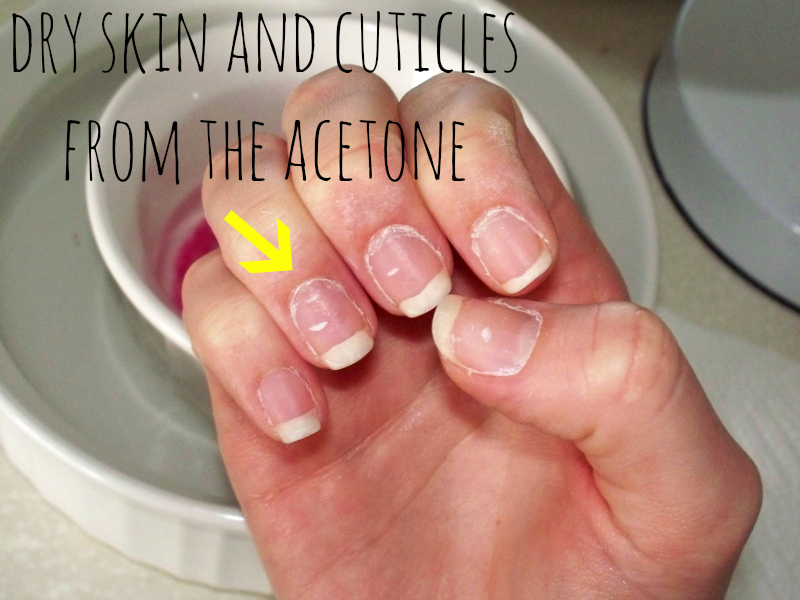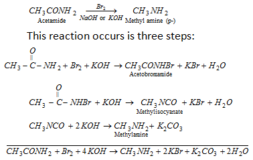Acetone
source : Ajit vadakayil.blogspots.com
Chemical properties-
1. Addition reactions of Acetone :
a) Addition of H2—-
i) Ketones are reduced to secondary alcohol.Reduction is carried out with LiAlH4/ether, H2/Pd , H2/Ni etc.
>C=O +H2 —-> >CHOH
CH3COCH3 + H2——> CH3CHOHCH3 (secondary alcohol)
ii) Clemenson’s reduction-
When ketones are reduced with Zn-Hg/HCl then alkanes are formed.In this reaction >C=O is reduced to >CH2 group.
>C=O +4[H] —-> >CH2 +H2O
CH3COCH3 +4[H]——–> CH3CH2CH3 (propane) +H2O
b) Addition of HCN —
Ketones on addition with [NaCN & H2SO4] or HCN give cyanohydrins.
>C=O +HCN—–> >C(OH) CN
(CH3)2C=O+ HCN—–> ( CH3)2-C(OH) CN [acetone cyanohydrin]
c) Addition of NaHSO3—
form crystalline Sodium bisulphite compound.
>C=O + NaHSO3 —–> >C(OH) SO3Na
(CH3)2C=O + NaHSO3—->( CH3 )2C(OH) SO3Na [ Acetone Sodium bisulphite compound
d) Addition of Grignard reagent–
Form addition product which on hydrolysis give secondary alcohol (only formaldehyde gives primary alcohol).
>C=O +RMgX —–> >C(OMgX) R——–> >C(OH) R [sec.alcohol]
(CH3)2C=O + CH3MgBr —–> (CH3)3 C- (OMgBr) ——–> (CH3)3C-OH [tertiary alcohol] +Mg(OH) Br
2) Substitution reaction of Acetone –
a) Reaction with Hydroxylamine –
Oximes are formed.
>C=O + H2NOH——-> >C=NOH [oxime] +H2O
(CH3)2C=O + H2NOH——-> (CH3)2C=NOH [Acetone oxime]+H2O
b) Reaction with Hydrazene –
Hydrazones are formed.
C=O + H2NNH2——-> >C=NNH2 [Hydrazone] +H2O
(CH3)2C=O + H2NNH2——-> (CH3)2C=NNH2 [Acetone hydrazone ] + H2O
c) Reaction with Phenyl Hydrazene –
Phenyl Hydrazones are formed.
>C=O + H2NNHC6H5 ——-> >C=NNHC6H5 [ Phenyl Hydrazone] +H2O
(CH3)2C=O + H2NNHC6H5——-> (CH3)2C=NNHC6H5 [Acetone Phenyl hydrazone] +H2O
d) Reaction with Semicarbazide –
Semicarbazones are formed.
>C=O + H2NNHCONH2——-> >C=NNHCONH2 [ Semicarbazone] +H2O
(CH3)2C=O+ H2NNHCONH2 —–> (CH3)2C=NNHCONH2 [Acetone Semicarbazone] +H2O
e) Reaction with Phosphorous pentachloride—
Alkylidene dichloride is formed.
>C=O + PCl5 ——> >CCl2 +POCl3
(CH3)2C=O + PCl5 ——> (CH3)2CCl2 [iso propylidene dichloride] +POCl3
f) Reaction with Thioalcohol—
Mercaptol is formed.
>C=O + 2RSH ——> >C(SR)2 + H2O
(CH3)2C=O + C2H5SH ——> (CH3)2C(SC2H5)2 [Mercaptol ] +H2O
3) Haloform reaction –
Acetaldehyde , acetone & other methyl ketones give haloform reaction.This is a characteristic test of CH3CO- group.For this reaction NaOH +I2 or Na2CO3 +I2 is used which produces yellow solid i.e iodoform. Similarly Chloroform is formed with Cl2 +NaOH & Bromoform with Br2 +NaOH.
CH3COCH3 + 3Cl2 +3NaOH—-> CCl3 CO CH3 + 3NaCl +3H2O
CCl3 CO CH3 + NaOH ——-> CHCl3 + CH3COONa
Equation as a whole,
CH3CO CH3 + 3Cl2 + 4 NaOH—–> CHCl3 + CH3COONa +3NaCl +3H2O








